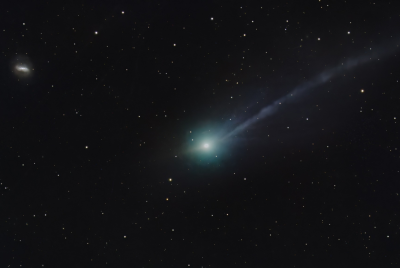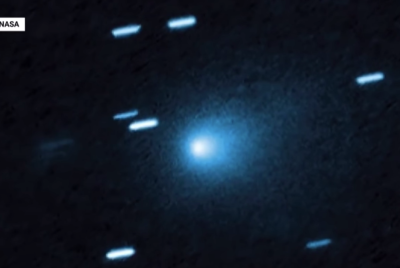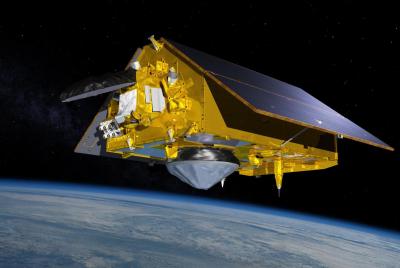Massive asteroid impact crater in Falklands linked with Great Dying mass extinction
A basin in the Falkland Islands is believed to be one of the largest craters in the world.
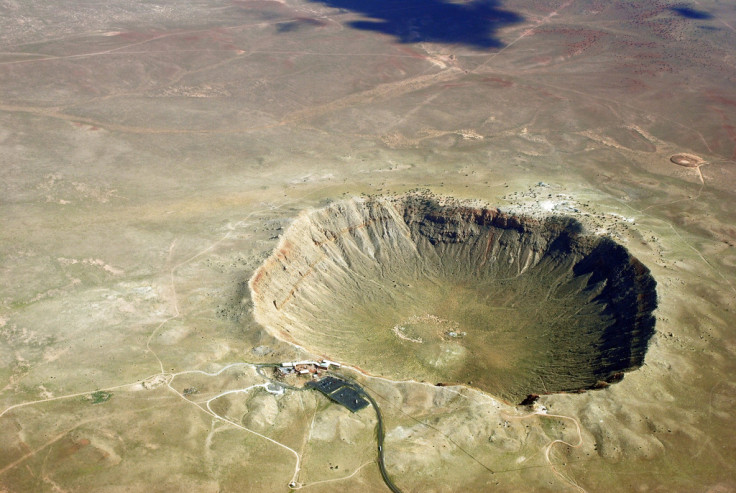
The Falkland Islands may be home to one of the world's largest craters. A new analysis has revealed it has many characteristics of an asteroid impact and may date back to the ''Great Dying'' extinction event.
About 200 similar large craters have been discovered so far on Earth but there are many other examples of them on other planets including on Venus, Mercury and Mars.
The Falkland Islands structure, which is described in details in the journal Terra Nova, has a diameter measuring approximately 250 kilometres (150 miles). If it turns out to be an impact crater, this size would make it one of Earth's largest – comparable to the famous Chicxulub crater discovered in the Yucatan Peninsula in Mexico nearly four decades ago.
Gravity and magnetism
In this research, the scientists have documented the geophysical features of a large basin situated on the Falkland (Malvinas) Plateau, to the northwest of West Falkland Island.
They have analysed marine seismic-reflection profiles of the area, and conducted gravity and magnetic surveys. Their investigations suggest that they are confronted with a large basin with traits consistent with those of impact craters caused by collisions with asteroids.
In particular, the researchers note a gravity anomaly, characterised by a decrease in the strength of Earth's gravity over the site. This negative anomaly is surrounded by a ring-shaped positive gravity anomaly. These features are very similar to the one seen at the Chicxulub impact structure.

In contrast, there is an important increase in the strength of Earth's magnetism in the basin's vicinity – another characteristic of other large impact craters.
The analyses also indicate that the large basin is filled with much younger low-density sediments, which suggests that it filled much before its surroundings, as would be expected from an impact crater.
Although collecting and analysing sediment samples will be necessary to conclude on the nature of the basin and confirm that it is indeed an impact crater, these first elements are encouraging.
A crater created during the 'Great Dying'?
The scientists estimate that this probable crater dates back to the late Paleozoic Era – approximately 270 to 250 million years ago.
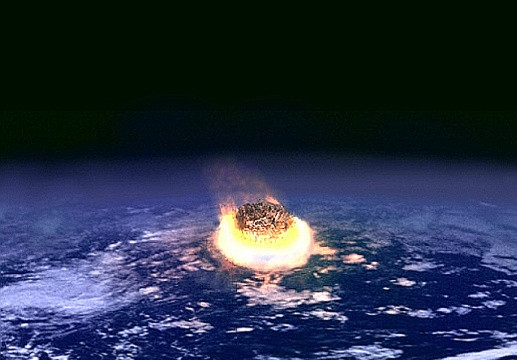
This may be relevant to understand how it formed. "If the proposed crater turns out to be 250 million years old, it could correlate with the largest mass extinction ever – the Permian extinction, which wiped out more than 90 percent of all species," study co-author Michael Rampino, a professor in New York University's Department of Biology, said.
Some scientists argue that the Permian-Triassic extinction event, also known as the ''Great Dying'', could have been triggered by the devastating impact of a large asteroid.
© Copyright IBTimes 2025. All rights reserved.








